Most of us, however, don't realize this actually slows down the soccer ball's speed.
Kicking at 100 percent force often causes us to tense up many of the muscles involved in the full multifunction process of the motion. Think of this as a "whipping" motion. Staying slightly loose during the kick allows our foot to be at the end of an accelerating chain of events. Tighten up any of those events, and you slow it down.
These key points will help to develop a stronger, longer and faster soccer kick.
Relax
1 of 8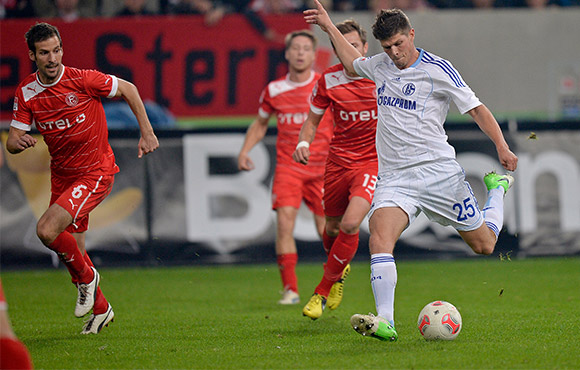
Allow your entire body to go limp. Shake it out. Let your head, neck, legs and every part of your body relax. The only part of your body that should have tension is your ankle.
Take a Large Last Stride
2 of 8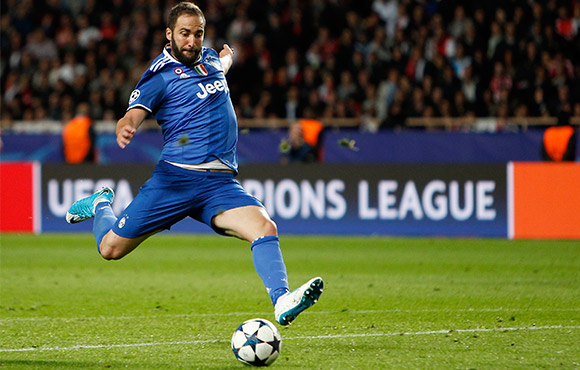
Make your last stride a long "forward hopping" motion. Your heel should come close to your behind.
Allow Your Knee to Come Through First
3 of 8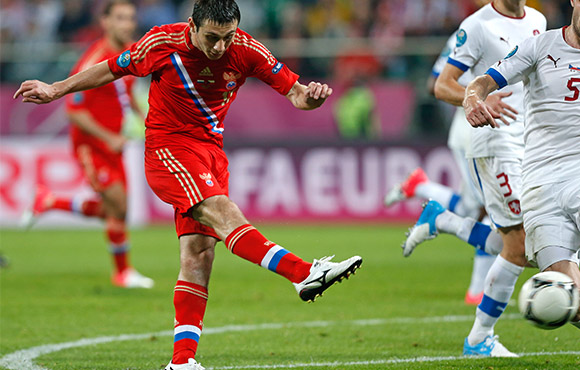
This is known as "storing the load." Your lower leg will form a "V" shape. Keep that "V" shape as long as possible, and at the last second, let it extend in a whipping motion to connect with the ball.
Kick With the Big Toe Knuckle
4 of 8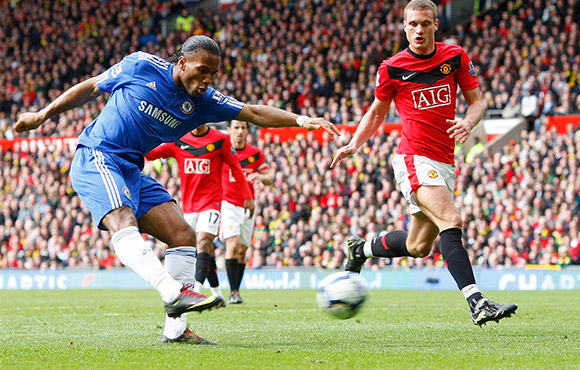
Approach the ball from a slight angle. Kick with the the largest bone in your foot, or the first metatarsal, which is just above the big toe knuckle. This translates into the most force or energy at impact.
Break the Pane
5 of 8
Pretend that the ball is sitting in front of a large pane of glass. You want to break the pane with your body, not just your leg or foot. This means that your forward momentum should continue through the shot. This will also cause you to land on your shooting foot, not your planted foot.
Watch Your Foot Make Contact With the Ball
6 of 8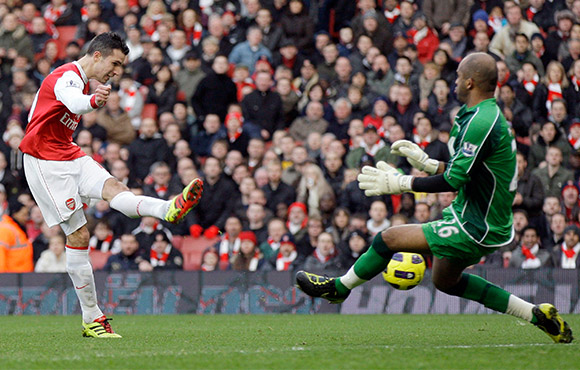
If you can see your foot strike the ball, you are kicking properly. Doing this also keeps your body in a slightly bent over position. Straightening up will kill some of the power release.
Record Your Shot
7 of 8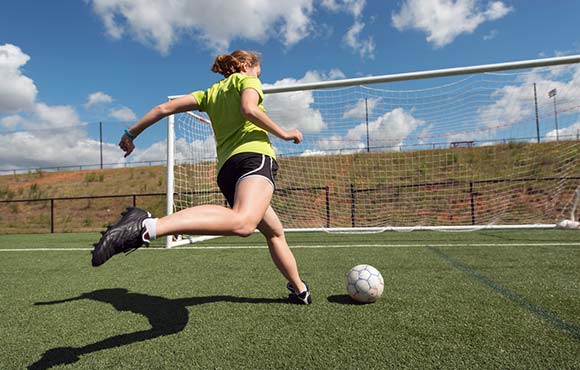
Many young soccer players are visual learners. Record footage of the player kicking the ball at a high frame rate, so you can break their shot down in slow motion. This will allow you to analyze every detail of the kick and track their progress over time.

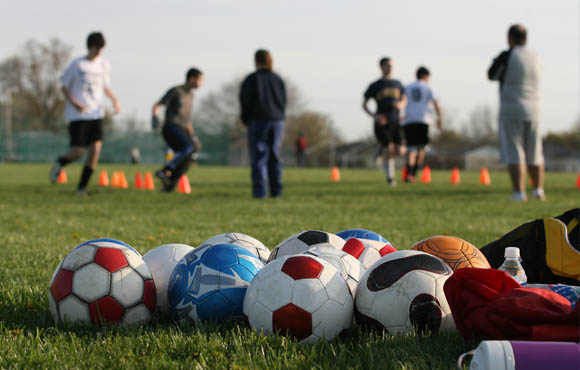





Discuss This Article